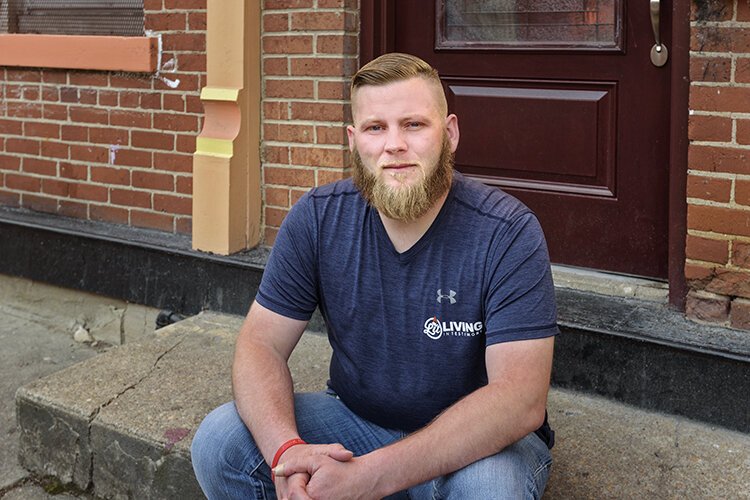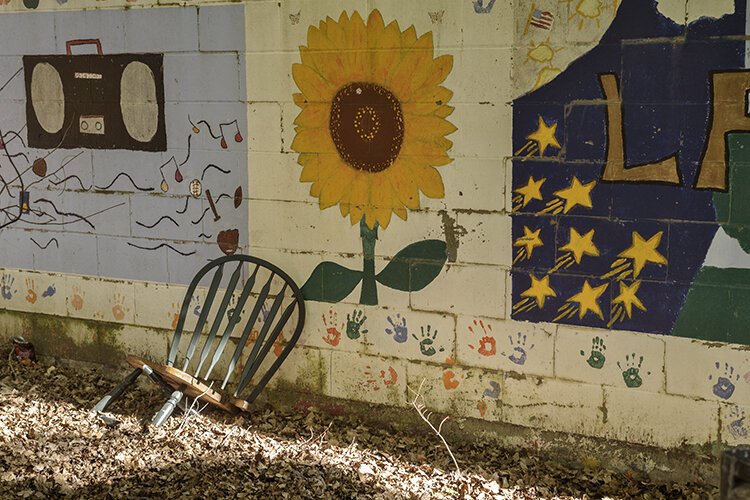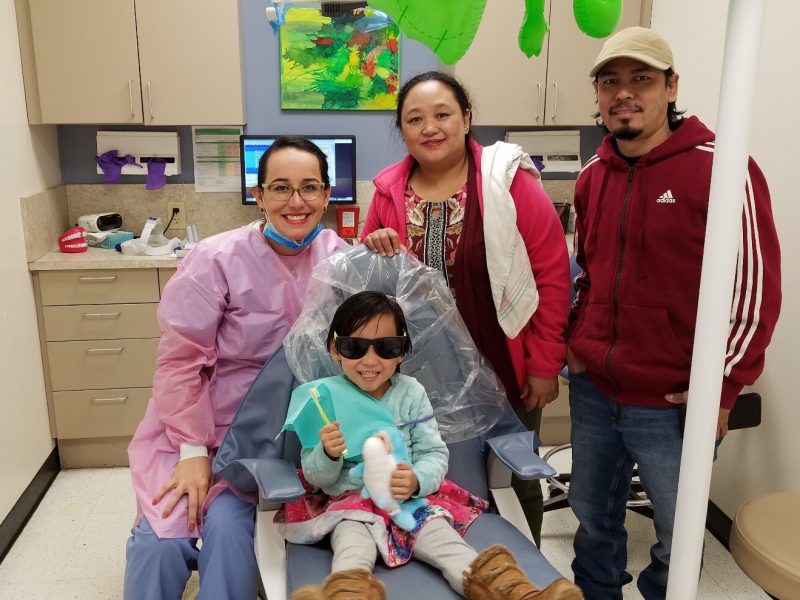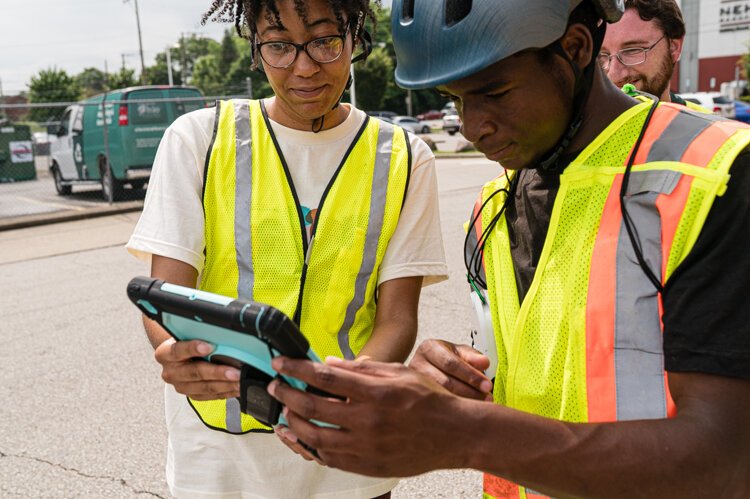A helping hand, not a handout: Ohio offers resources for offenders returning to their communities
One-third of the 6,000 prisoners released each year will return to jail. Across the state, organizations and nonprofits are trying to change that.

In August of 2017, Jimmy Doherty began a 90-day sentence in the Hamilton County Justice Center that he knew would change his life forever.
Doherty, then 30, was a drug addict who had been in and out of jail for most of his adult life for misdemeanors and non-violent felonies — everything from driving under the influence to non-aggravated burglary. Once punished, he would fly straight enough until his probation was over and then do something that would put him back in jail — a pattern he repeated 15 times.
But this time Doherty was in jail for a violent offense he said wasn’t true — assaulting a police officer. Although Doherty admits he was verbally abusive to the officer, he says he was kicked and beaten in retaliation with no other witnesses to the incident. The officer covered his abuse by charging Doherty with assault.
This time Doherty knew his release would be a ticket to nowhere, as it is for many of the 6,000 Ohioans returning to their communities from prison every year. Data show that a third of them will return to jail. Doherty feared he would be one of them. After all, he was homeless, without family support, and now he had a record as a violent offender. Who would hire him?
“I woke up one night. I was so cold. I felt like I was to the core,” he says. “I was thinking, ‘How did I get here? Where did I go wrong?’ All I knew were other using addicts, prostitutes. None of them could be of service to me [once I was released].”
For the first time in his life, Doherty says he dropped to his knees. “I went right to my soul and just prayed. ‘Please, God, just give me an opportunity. Whatever that opportunity is, I’ll take it. I’ll do my best with it.’”
Three days later, Doherty heard his name called over the PA system to come out to the jail’s buffer zone between the cell blocks and command center. When he arrived, he was told he had been selected by lottery for a voluntary transfer to the jail’s “reentry pod” — a cell block where up to 16 inmates are permitted visitors offering help for their return to society. Doherty jumped at the chance.
Run by the Hamilton County Office of Reentry (HCOR), the reentry pod gives promising inmates a head start before their release to the corrupting influences of the street. The program provides training in behavior modification, conflict resolution, moral reasoning, and parenting skills, as well mentoring from faith-based organizations and addiction support groups.

Over the next two months, Doherty met with representatives from local churches and service organizations who helped him find housing, food, clothing, and employment after his release. But the visitor who made the biggest difference in Doherty’s life was the man who would become his sponsor in Narcotics Anonymous — a 12-step program for abusers of opioids, heroin, and other controlled substances. The sponsor suggested that Doherty transition after jail to a sober living house, where he could stay off the streets while getting support in kicking his habit and help in finding a job.
When inmates are released from jail or prison in Ohio, they are given whatever money is left in their jail account, the clothes they came in with and a bus pass good for a month. It is up to them to find housing, food, clothing, and a cell phone to navigate their lives.
But Doherty was lucky enough to have his sponsor pick him up from the jail, drive him to his sober living house, and help him get settled in. From there, he was able to obtain clothing from The Salvation Army and help finding a job as a furniture builder for Bargains and Buyouts — a position that eventually led to his work as a carpenter.
After two years in the sober living house and continuing support from Narcotics Anonymous, Doherty is clean and on his own.
“I own a car and I have money in a bank account — things I thought I would never have,” he says. Doherty and his girlfriend are about to purchase their first home together. “I would have never dreamed of having a life like this.”
There are dozens of organizations and programs around Ohio aimed at helping returning citizens establish productive lives (see sidebar for available resources and listings). But with the ongoing pandemic, many service organizations have been forced to shutter, go online, or work by phone. For prisoners released without family support or even a cell phone to reach out for help, the times are more challenging than ever.
To make matters worse, there are more returning citizens in Ohio needing help. With the Covid-19 virus raging within the state’s prisons, inmates with fewer than six months to serve are being released early to help them avoid infection. As of May 9, more than half the 7,280 inmates tested in Ohio’s 28 prisons were positive for the infection, according to the Ohio Department of Rehabilitation and Correction.
“The pandemic has created a plethora of issues for returning citizens,” says Jennifer Kinsley, an attorney for the Legal Aid Society of Cleveland. “The lower sentences in prison mean many inmates are being released without any support system.”
The need is especially acute for safe places for them to quarantine after their release, Kinsley says. “The homeless shelters are at capacity right now.”
Agencies that help returning citizens find the resources they need are harder to access during the pandemic, says Trina Jackson, director of the Hamilton County Office of Reentry. “We’re still trying to make that personal connection (with returning citizens), although now we have to do it by phone.”
Last year, HCOR helped more than 1,400 returning citizens in Hamilton County navigate their way through the assistance system and back into community life.
With the nation’s unemployment rate near 15 % and rising, the struggle to find a job for ex-offenders “is even greater for them because they have that conviction in their background,” Jackson says.
Finding housing is also more difficult for returning citizens. According to a recent study by The Reentry Committee of Cleveland, more than 80 % of federally subsidized housing in the Cleveland area exclude anyone with even a single misdemeanor.
“That means if you stole a $5 gift card from a CVS, you may not be able to get any housing,” Kinsley says.
The University of Cincinnati’s Center for Criminal Justice Research found that Ohio law imposes hundreds of collateral consequences on people who have been convicted of criminal offenses, regardless of whether it was obtained by plea or trial. A “collateral consequence” is any penalty or disadvantage other than the punishment imposed by the courts. Those consequences can include a ban on public employment, exclusion from public housing, losing custody and control of your children, and being denied a state license for a wide range of professions and trades, from physician to barber.
“There are serious collateral consequences for committing even a misdemeanor,” Kinsley says. One of the most common misdemeanor offenses — disorderly conduct — has 360 different collateral consequences for offenders.
In October of 2018, Ohio expanded the pathways for returning citizens convicted of lesser offenses to seal their records and make it easier for them to find jobs and housing. Offenders convicted of misdemeanors have traditionally been eligible for record sealing, but now any individual convicted of up to five fourth- and fifth-degree felonies are eligible. The new rules do not apply to violent or felony sex offenses.
Sealing a record “hides” it from the public but keeps it accessible for law enforcement, court officials, and background checks for some types of employment and licensing. Offenders apply to a court to have the record sealed. If the court determines the offender is eligible, it reviews evidence of the offender’s rehabilitation and any objections from the prosecutor.
Returning citizens can also obtain Certificates of Qualification of Employment through their county court system. CQEs shield a returning citizen’s future employer from legal liability if the employee commits another crime. To obtain a CQE, a returning citizen must complete a reentry training program, provide letters of support, and go before a judge to explain how their lives have changed since their conviction.
For victims of human trafficking, nearly all of whom are women, Ohio offers an option for expunging their criminal records. Expungement and record sealing both reduce who has access to criminal records. But expungement permanently deletes criminal records, never to be seen by anyone under any circumstance.
The Ohio Justice and Policy Center offers legal assistance to returning citizens around the state who are looking to expunge or seal their criminal records or qualify for a CQE.
Returning women often are released from prison with less support than returning men, says Angela Regan, founder of Welcome Home, Sis, a transitional home for women in Byesville, Ohio.
“When men leave prison, the women they leave behind often stay by them,” so they have a place to return to, according to Regan. “When women go to prison, the men are not as likely to wait around and their families are destroyed. They don’t have anywhere to go.”
Returning women also have greater addiction and mental health needs, Regan says. Half of all women prisoners, many who have suffered sexual abuse and trauma, require mental health care compared to 17 % of men in prison.
Regan hopes to open a second transitional home for returning women.
“Sometimes all people need is just a little support,” she says. It’s about giving them a hand up, not a handout.”
Doherty would agree. He said one of the biggest factors in turning his life around was the understanding and support he found at Narcotics Anonymous.
“They knew who I was and what I was going through. I didn’t need anyone to tell me how bad I was,” he says. “They knew I was broken and needed help, and that’s what they gave me.”
TAKE THE 90 SECOND QUIZ HERE.
Support for Ohio Civics Essential is provided by a strategic grant from the Ohio State Bar Foundation to improve civics knowledge of Ohio adults.
The views expressed herein do not necessarily represent those of the Ohio State Bar Foundation.













